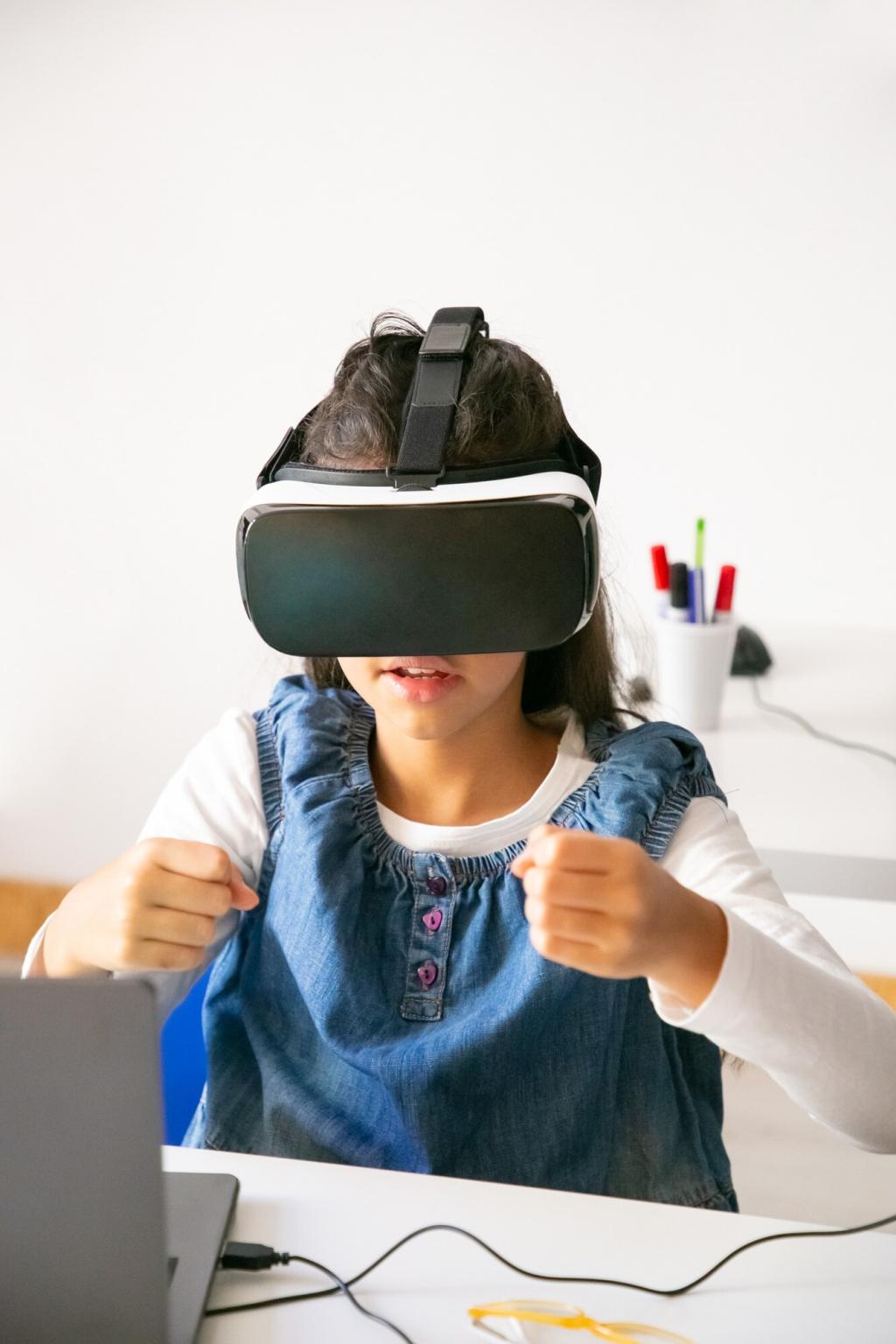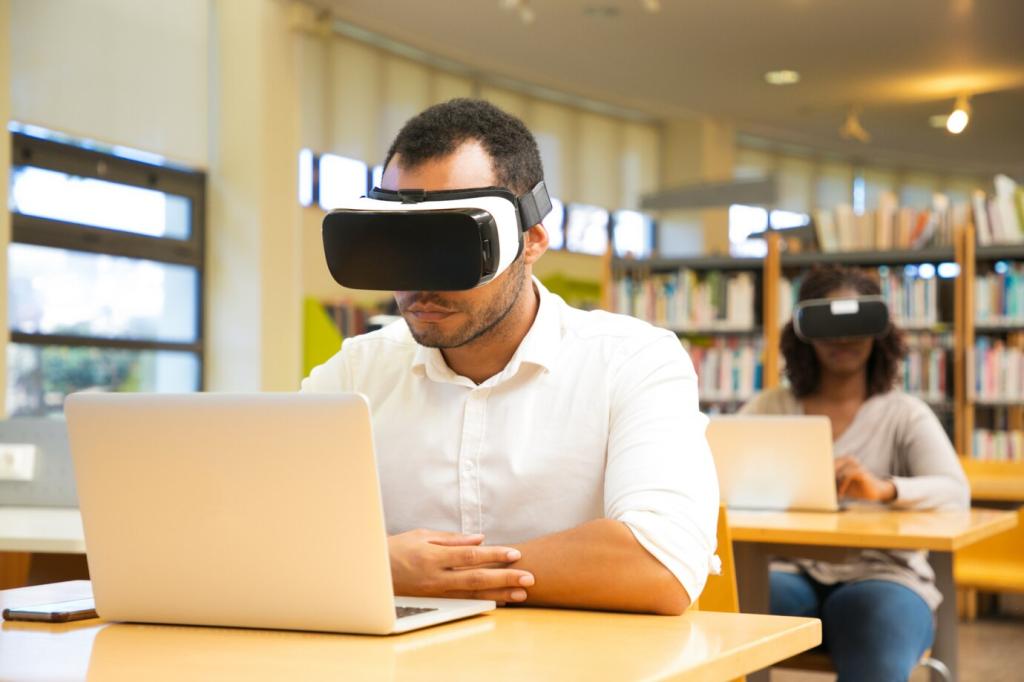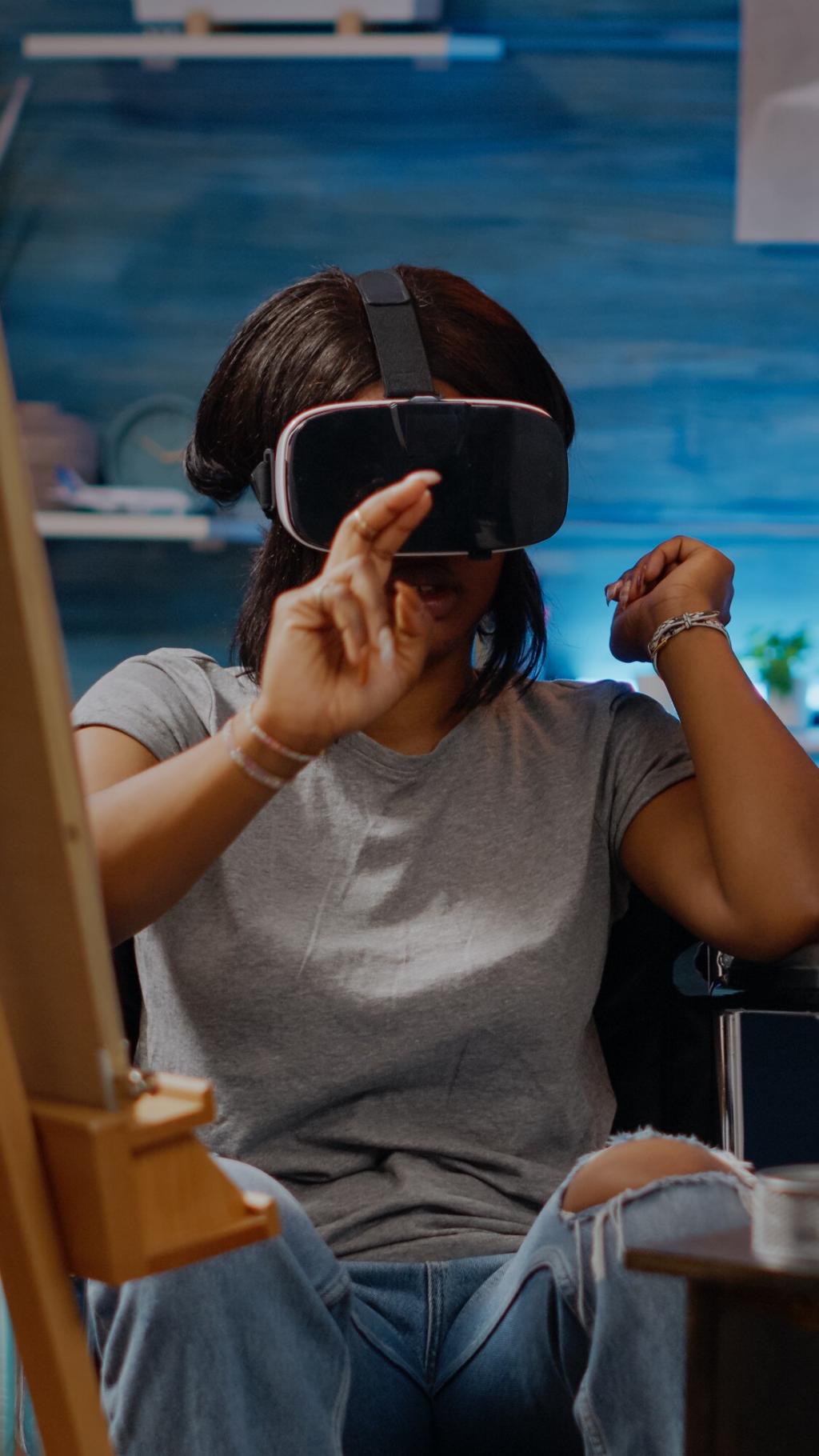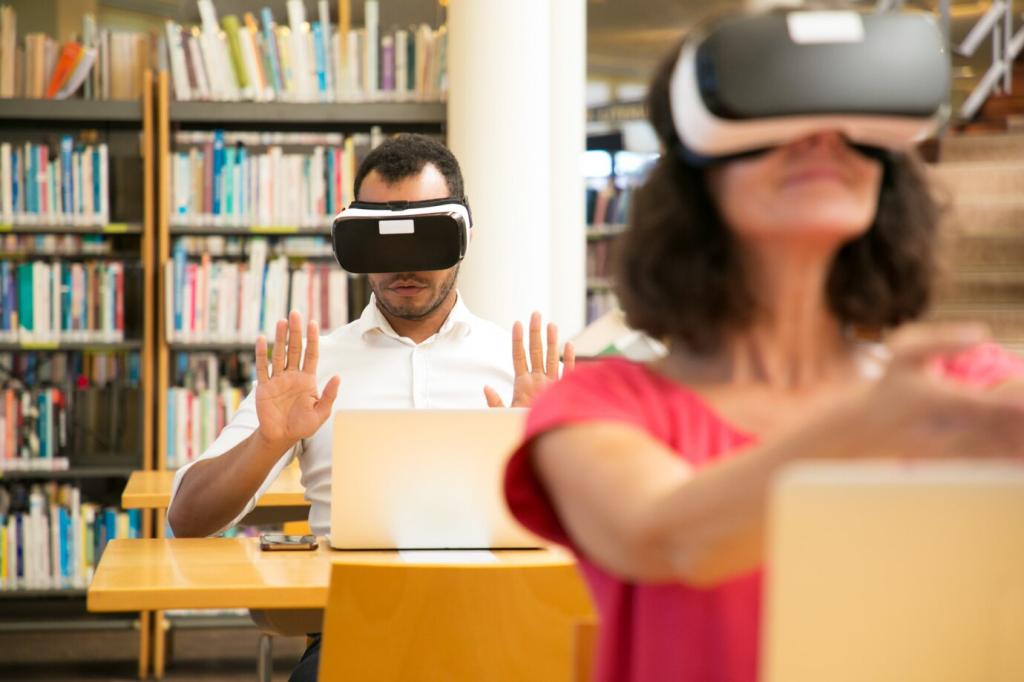Enhancing Educational Experiences with Virtual Reality Technology
Virtual reality (VR) technology is revolutionizing the way educators and students engage with learning materials. By immersing learners in dynamic, interactive environments, VR brings subjects to life and fosters new pathways for exploration and understanding. This transformative technology bridges gaps between theory and practice, empowering learners to experience firsthand concepts that were once only accessible through textbooks or traditional lectures. The integration of VR in education not only enhances retention and engagement but also provides safe and scalable environments for experimentation and curiosity-driven investigation. As educational institutions embrace innovation, VR stands out as a powerful catalyst for enriching experiences, elevating both teaching methods and learning outcomes.
Immersive Learning Environments
Experiencing History Firsthand
Exploring Science in Virtual Labs
Expanding Artistic Expression
Fostering Engagement and Collaboration

Collaborative Problem-Solving

Enhancing Student Motivation

Global Classrooms and Cultural Exchange
Personalizing Education and Supporting Diverse Learners

